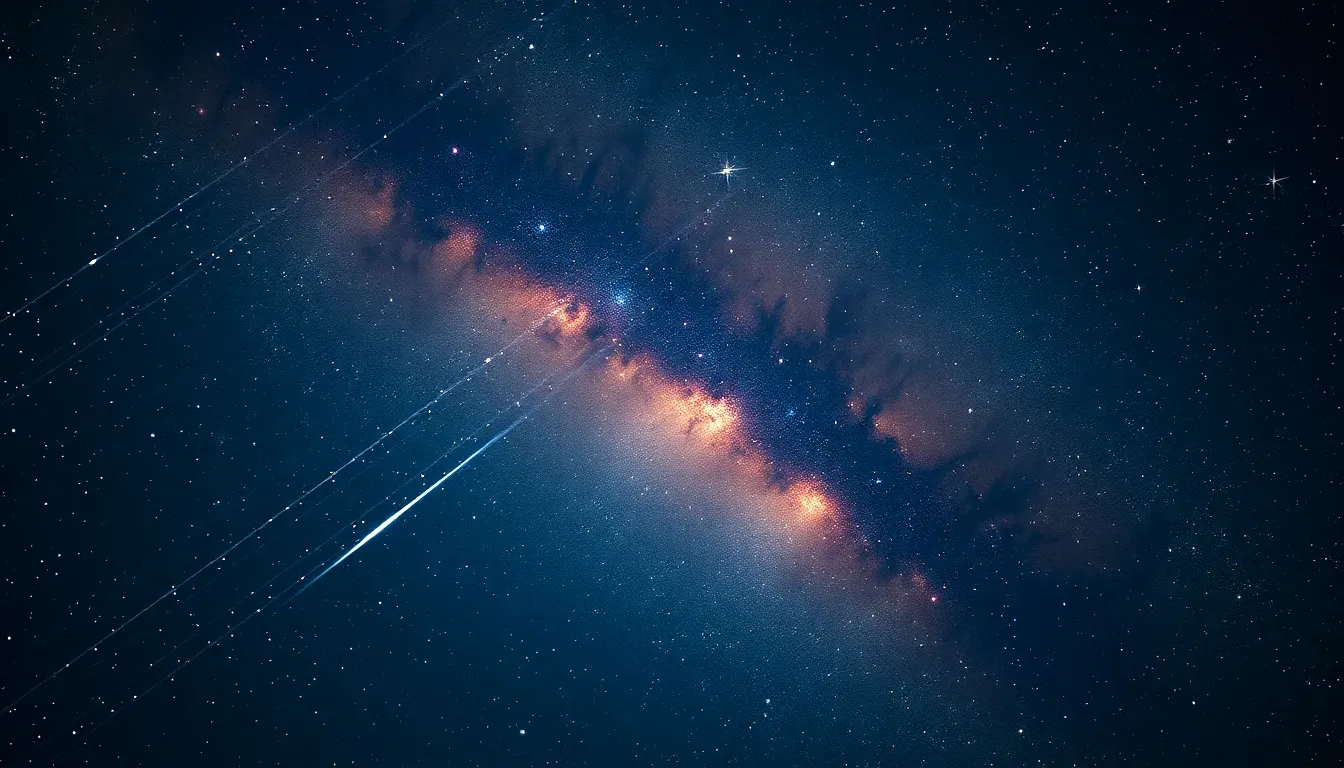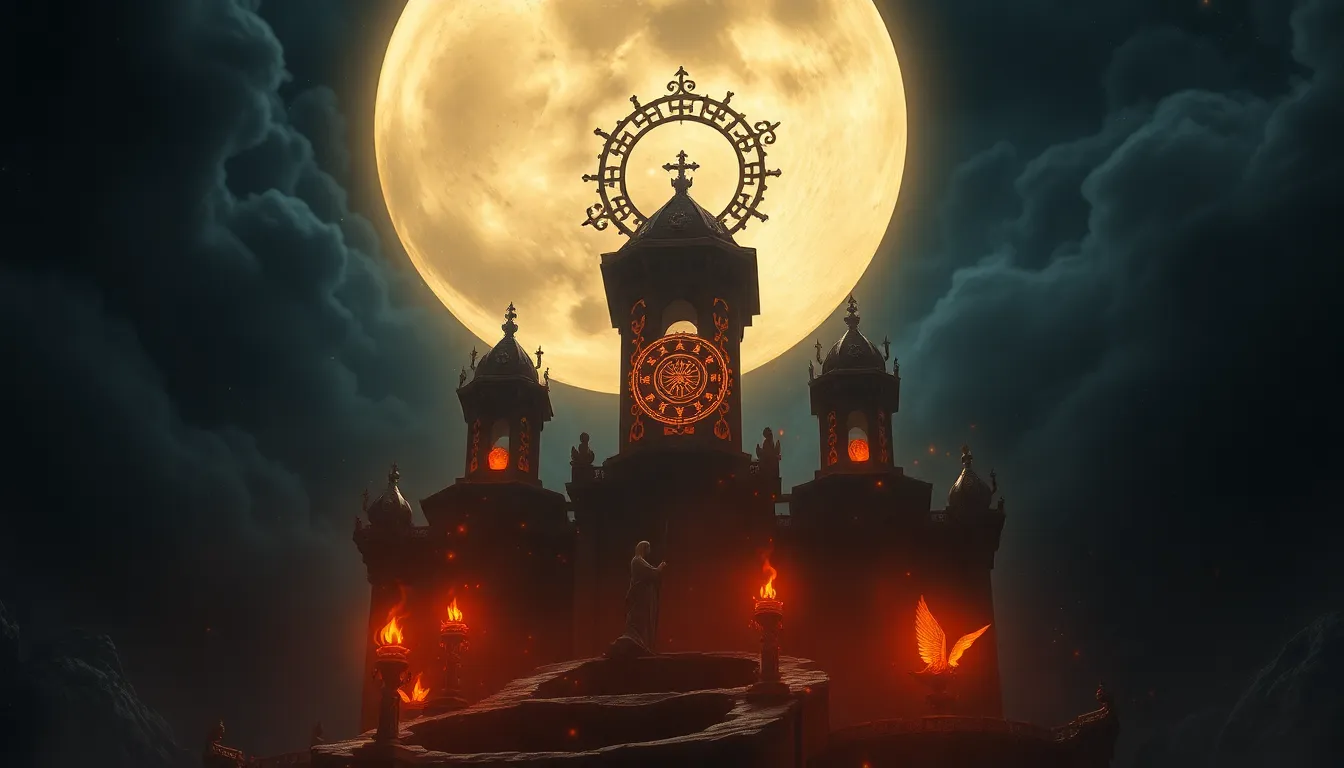1. Introduction: Unveiling the Intertwined Worlds of Persian Mythology and Astronomy
The celestial tapestry of Persian mythology and its deep connection with astronomy have captivated minds for millennia. This intricate weave of myths, deities, and heavenly bodies offers a profound understanding of the ancient Persian worldview, revealing their reverence for the cosmos and their profound desire to decipher its mysteries. Embark on a captivating journey through this celestial landscape, where stars become gods, myths paint vibrant constellations across the heavens, and astronomical observations illuminate the path towards a deeper understanding of the universe.
2. Celestial Deities: The Pantheon of Stars and Guardians of the Cosmos
The celestial canvas of the Persian pantheon teems with deities who embody the awe-inspiring power and beauty of the heavens. The Sun god, Mithra, illuminates the sky with his golden chariot, while the Moon goddess, Mah, presides over the night with her gentle luminescence. The celestial spheres are guarded by Ahura Mazda, the wise and benevolent creator god, and his nemesis, Angra Mainyu, the embodiment of darkness and chaos. Each deity, with their unique attributes and celestial connections, reflects the complex tapestry of the universe and its profound influence on the lives of mortals.
3. The Cosmic Tree: A Symbol of Connection Between Earth and the Heavens
At the heart of Persian cosmology lies the Tree of Life, a majestic symbol bridging the earthly realm with the celestial sphere. Its roots delve deep into the earth, anchoring the heavens to the world below, while its branches reach towards the stars, connecting humanity to the divine realm. This sacred tree represents the interconnectedness of all beings and the harmonious balance between the physical and spiritual realms. Its presence in Persian mythology underscores the profound belief in a universe governed by order, purpose, and a divine connection between the cosmos and human existence.
4. Myths and Constellations: Storytelling Through the Stars
The constellations that paint the night sky serve as celestial canvases for vibrant myths and legends. The tale of Ursa Major, the Great Bear, recounts the story of a courageous king transformed into a celestial beast, while Orion, the mighty hunter, eternally chases the Pleiades, a group of seven sisters who were turned into stars to escape his pursuit. These myths, woven through the stars, not only entertain but also impart valuable lessons about courage, love, and the consequences of human actions. They serve as celestial reminders of the interconnectedness of the human and cosmic realms, where stories are etched across the heavens for all to see and contemplate.
5. The Sun and the Moon: Luminous Representations of Divine Power
The Sun and the Moon, celestial luminaries that illuminate the sky, hold a profound significance in Persian mythology. The Sun, revered as Mithra, represents light, warmth, and the life-giving force of creation. Its daily journey across the sky symbolizes the eternal cycle of birth, death, and rebirth, mirroring the cyclical nature of human life and the cosmos. The Moon, personified as Mah, embodies the feminine principle, nurturing life and governing the ebb and flow of tides and emotions. The interplay of these celestial bodies reflects the delicate balance between opposing forces in the universe, shaping the natural world and influencing human destiny.
6. Astrological Influences: Shaping Fate and Destiny through Celestial Bodies
In the interwoven worlds of Persian mythology and astronomy, the celestial bodies were believed to exert a profound influence on the lives of mortals. The positions of the planets and stars at the time of one's birth were thought to determine their personality, fortune, and destiny. Astrologers meticulously studied the movements of the heavens, interpreting their celestial messages to guide individuals and empires alike. This belief in the interconnectedness of the cosmos and human fate further cemented the role of astronomy as a revered and indispensable discipline in ancient Persia.
7. Observatories and Instruments: Unveiling the Secrets of the Universe
To unravel the mysteries of the celestial realm, the ancient Persians constructed sophisticated observatories, equipped with advanced instruments for observing and measuring the movements of the stars and planets. These observatories served as centers of astronomical research, where scholars meticulously charted the heavens, developed intricate calendars, and refined their understanding of the cosmos. Their dedication to observation and precision laid the foundation for significant advancements in astronomy, contributing to a deeper comprehension of the universe and its intricate workings.
8. The Impact of Persian Astronomy on Later Civilizations
The legacy of Persian astronomy extended far beyond its borders, influencing the development of astronomical knowledge in subsequent civilizations. Their meticulous observations, advanced instruments, and groundbreaking theories paved the way for advancements in astronomy among the Greeks, Arabs, and Europeans. The transmission of their astronomical knowledge through translations and scholarly exchanges played a pivotal role in shaping the course of scientific inquiry and fostering a deeper understanding of the universe throughout history.
9. Modern Perspectives: Preserving and Exploring the Legacy
In the contemporary world, the captivating tales of Persian mythology and the groundbreaking achievements of Persian astronomy continue to captivate and inspire. Scholars delve into ancient texts and archaeological remains, piecing together the intricate tapestry of this rich cultural heritage. Modern astronomers build upon the foundations laid by their ancient predecessors, utilizing advanced technology to explore the universe with unprecedented precision and depth. Through ongoing research, education, and public outreach, the legacy of Persian astronomy is preserved and celebrated, ensuring that its contributions to our understanding of the cosmos continue to illuminate the path forward.
10. Conclusion: A Journey Through Time, Myth, and the Cosmos
The intertwined worlds of Persian mythology and astronomy offer a captivating journey through time, myth, and the cosmos. The celestial deities, constellations, myths, and astrological beliefs reflect a profound reverence for the heavens and a deep-seated desire to comprehend the mysteries of the universe. The sophisticated observatories and instruments developed by the ancient Persians laid the groundwork for significant advancements in astronomy, influencing the course of scientific inquiry throughout history. The enduring legacy of Persian astronomy continues to inspire scholars, astronomers, and the public alike, reminding us of the interconnectedness of humanity and the cosmos, and the enduring power of our quest to understand the universe we inhabit.
Frequently Asked Questions
What are the key characteristics of Persian mythology?
- Intertwined with astronomy: Persian myths frequently feature celestial deities, constellations, and astrological influences, reflecting a deep connection between the earthly and cosmic realms.
- Rich symbolism: The myths employ a rich tapestry of symbols, such as the Tree of Life and the Sun and Moon, to convey profound philosophical and spiritual concepts.
- Emphasis on dualism: The stories often explore the interplay between opposing forces, such as light and darkness, good and evil, and order and chaos.
- Moral lessons: Many myths impart valuable lessons about courage, love, responsibility, and the consequences of human actions.
What are the most famous Persian myths?
- The Epic of Gilgamesh: An epic poem recounting the tale of a legendary king's quest for immortality.
- The Shahnameh: A vast collection of stories celebrating the history and heroes of Persia.
- The Myth of Rostam and Sohrab: A tragic tale of a father and son who unknowingly clash in battle.
- The Myth of Zal and Simurgh: The story of a young hero raised by a mythical bird.
What were the most significant contributions of Persian astronomy?
- Development of advanced instruments: The Persians invented and perfected instruments such as the astrolabe and the sextant, enabling more precise observations of the celestial bodies.
- Accurate calendars: Persian astronomers created highly accurate calendars based on their meticulous observations of the solar and lunar cycles.
- Refinement of astronomical theories: They made significant contributions to the understanding of planetary movements, the nature of light, and the structure of the universe.
- Transmission of knowledge: Persian astronomical texts and theories were translated and disseminated, influencing the development of astronomy in other civilizations.



